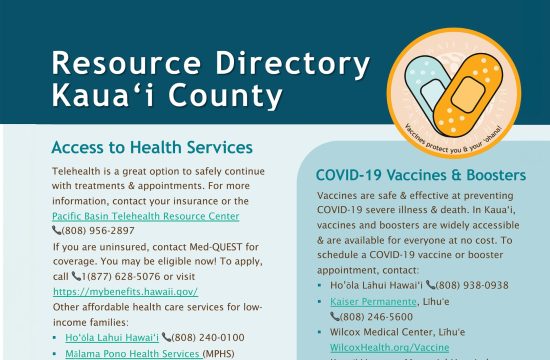“You’ll never regret saving for your child’s future.”

It’s no secret that the cost of college is on the rise. Since the turn of the millennium, the average cost of a four-year college education has more than doubled. And the trend is continuing. The average cost of a college education has an annual growth rate of 6.8%. Nationwide, most students spend over $25,000 per year on tuition, fees, room and board, supplies, and other expenses. For parents and students alike, those can be some pretty scary numbers.
Most people use a combination of savings, loans and scholarships to cover the cost of college. Still, savings and parental support account for the greatest financial contribution to most student’s education. Moreover, children with college savings accounts are six times more likely to attend college than those who don’t.
So, where to start saving? There are no rules as to how you save for your child’s education. From traditional savings plans to stock and mutual funds, you have lots of options. But the real place to start is by making a plan.
- Make A Plan
A bank or financial advisor is a great resource for setting up a college savings plan. You can do your own research too (educationdata.org is a good resource). Map out your goals, priorities, and resources. Look at your full financial picture and decide what makes the most sense for you and your family. Maybe you need to start small and increase your contribution over time. Or maybe slow and steady is more your speed. Whatever is right for you, make a plan and stick with it.
A few popular ways to save for college include:
- Hawaii’s HI529 Plan: This state-sponsored plan allows tax-deferred growth and withdrawals for qualified education expenses are tax-free.
- Coverdell ESA: These custodial savings accounts allow tax-free interest earnings and tax-free withdrawals on qualified expenses.
- Stocks & Mutual Funds: Investing in the stock market is a riskier approach, but the upside can be better than a savings account. However, you lose out on the tax benefits of college-specific savings plans.
- Roth IRA: Not just for retirement, you can set up a Roth IRA to save to save for college, however, withdrawals can be counted as income if you don’t qualify.
There are plenty of other options too. Do your research and find the approach that works best for you.
- Make It Automatic
Take one more thing off your mind and set up automatic contributions to your savings plan. It’ll ease the stress of remembering to contribute and it will help set a good precedent for your savings future.
- Check In
As time passes, check in on your college savings account. What’s working and what isn’t? Maybe you need to adjust your contribution. Or maybe you need to look at shifting your approach to saving. While it can be tempting to set-it-and-forget-it, getting the most out of your college savings plan takes a little oversight. Plus, checking in is a great way to keep your children involved in their own future. Monitoring college savings can help teach smart money habits and keep your child engaged in their education.
Above all, the most important thing is to start now. You’ll never regret saving for your child’s future.








